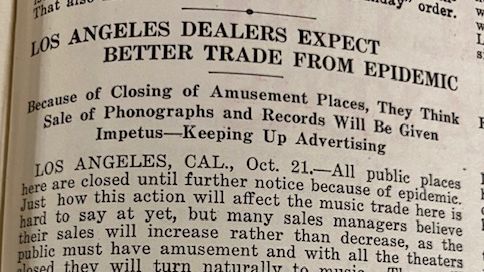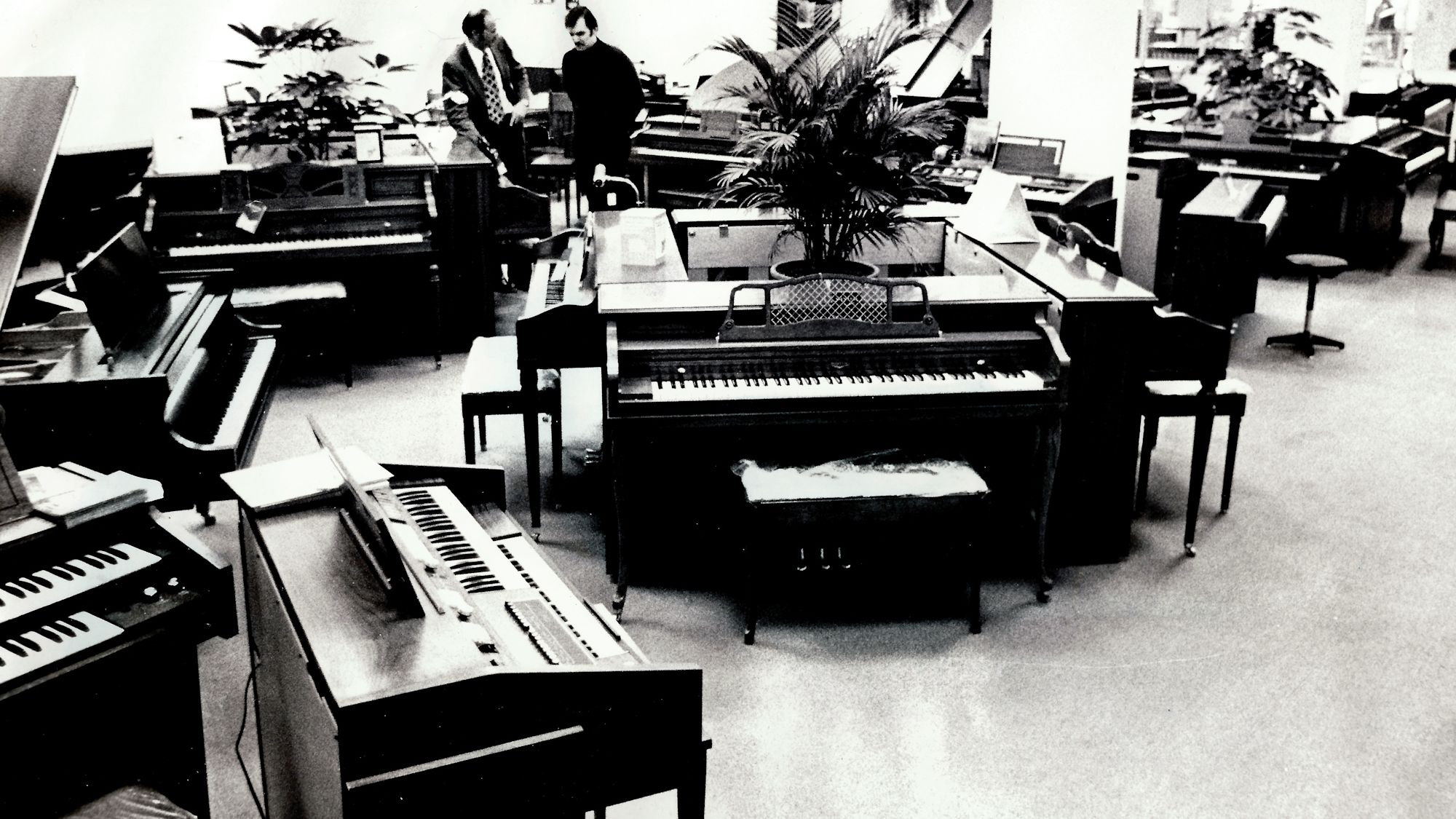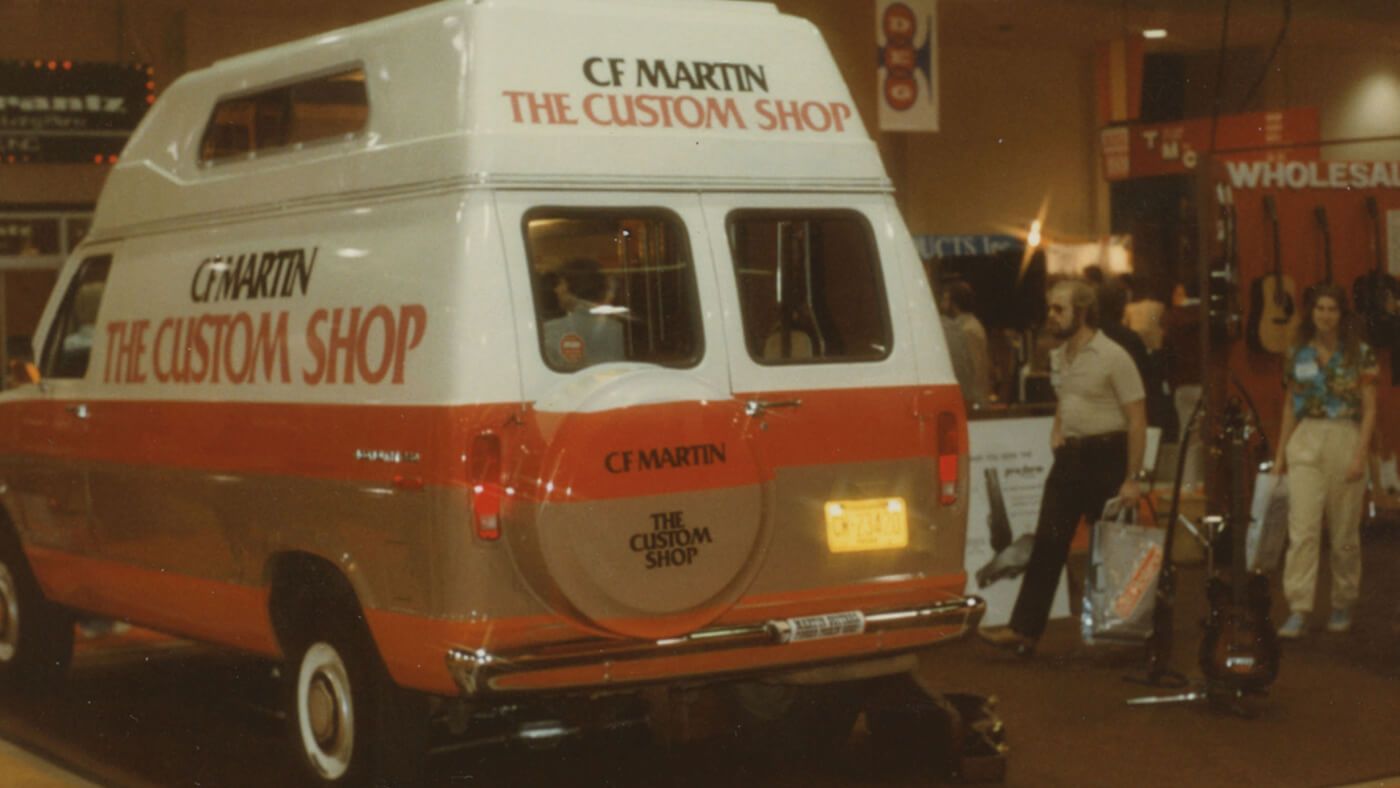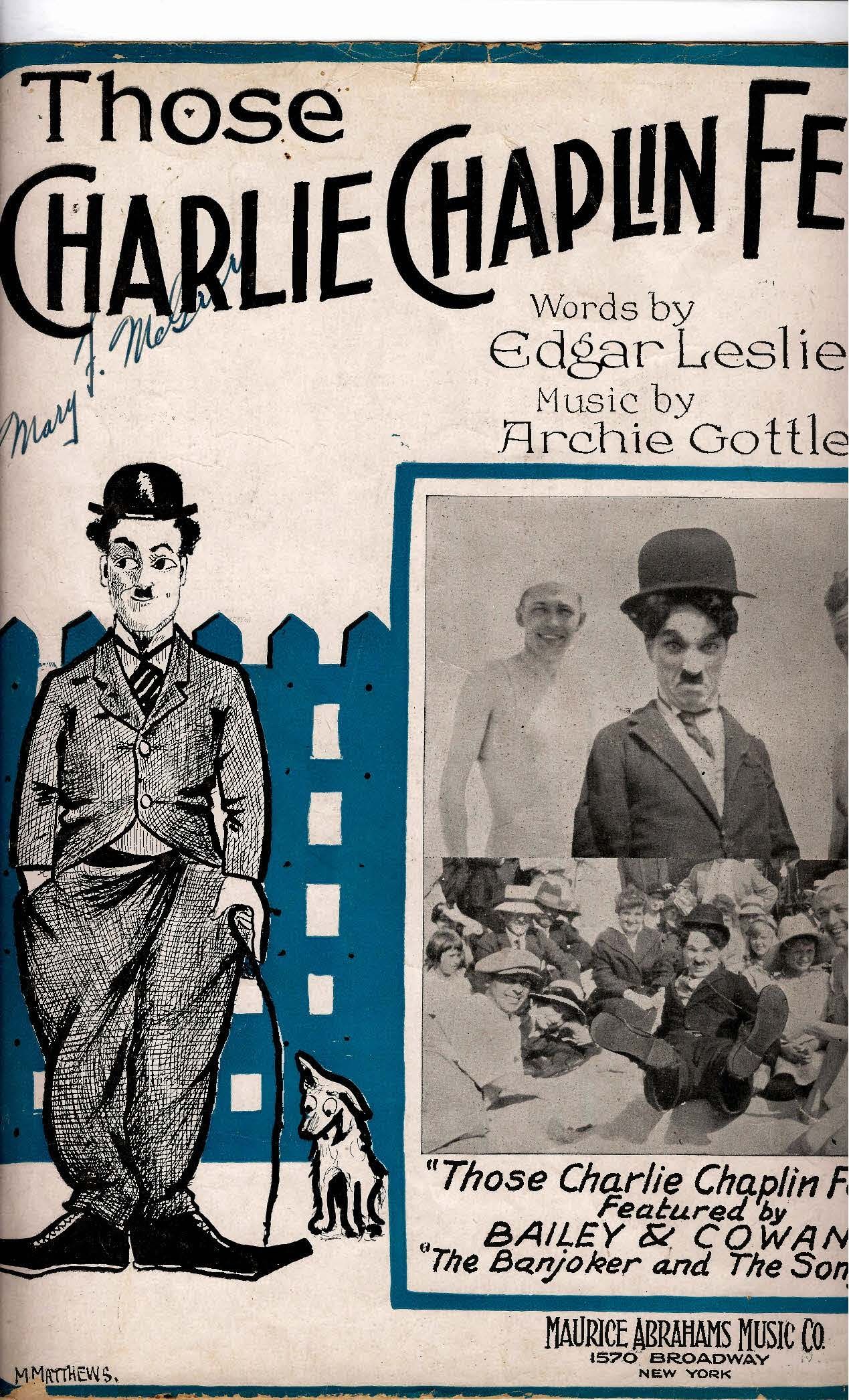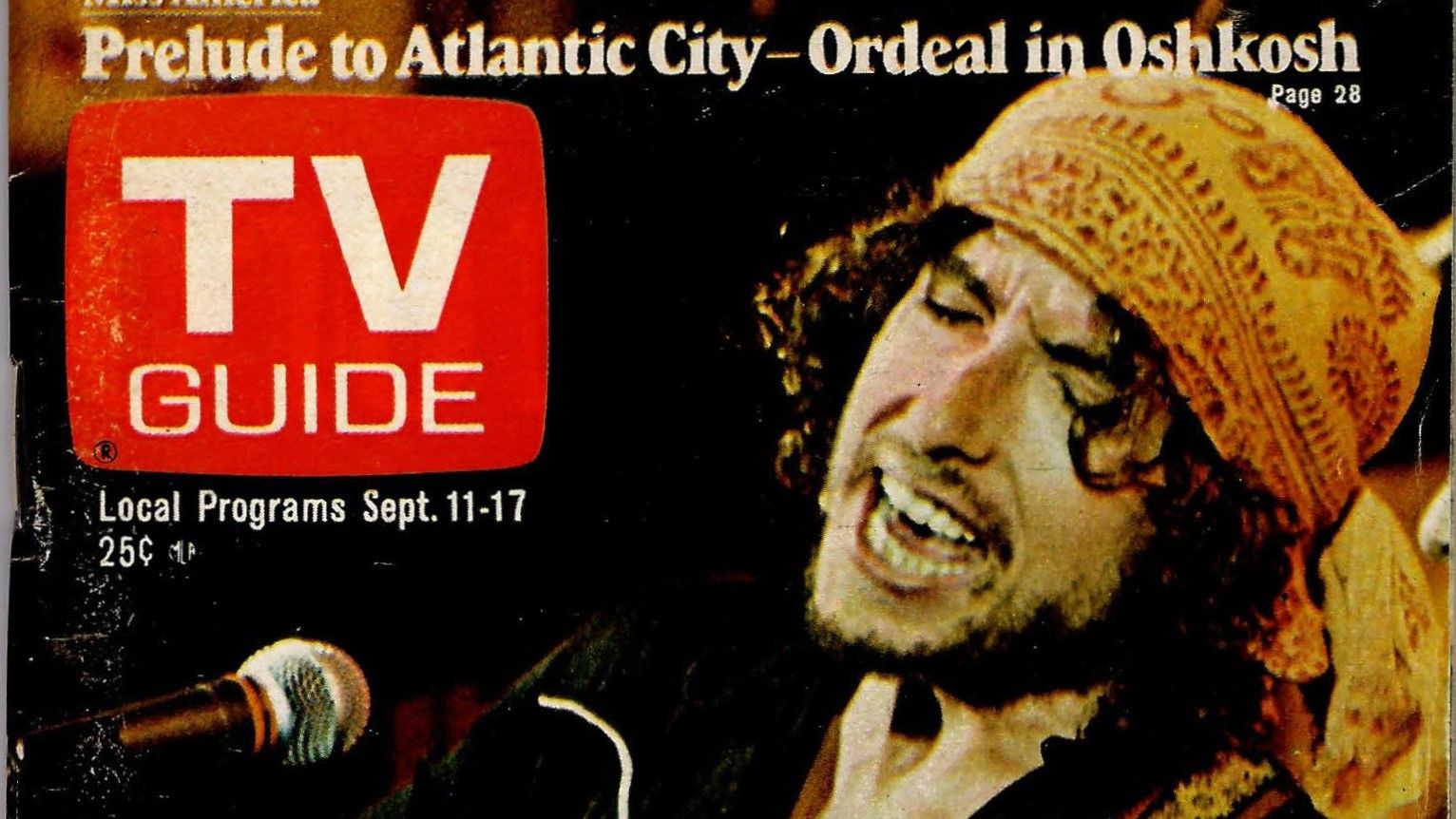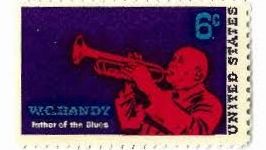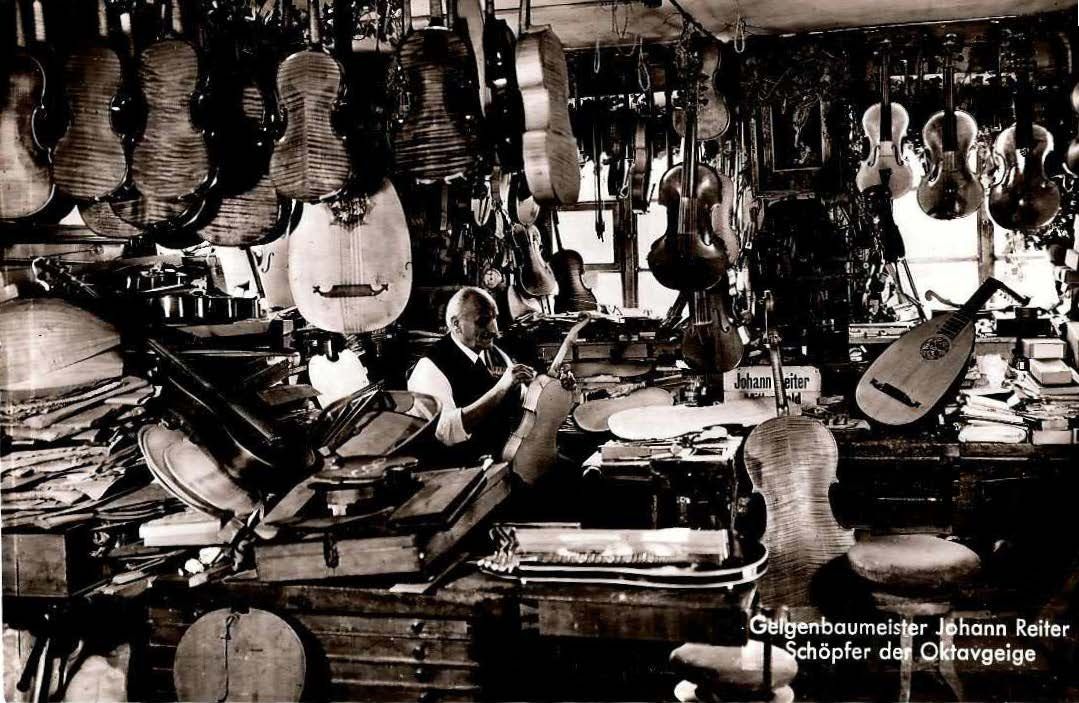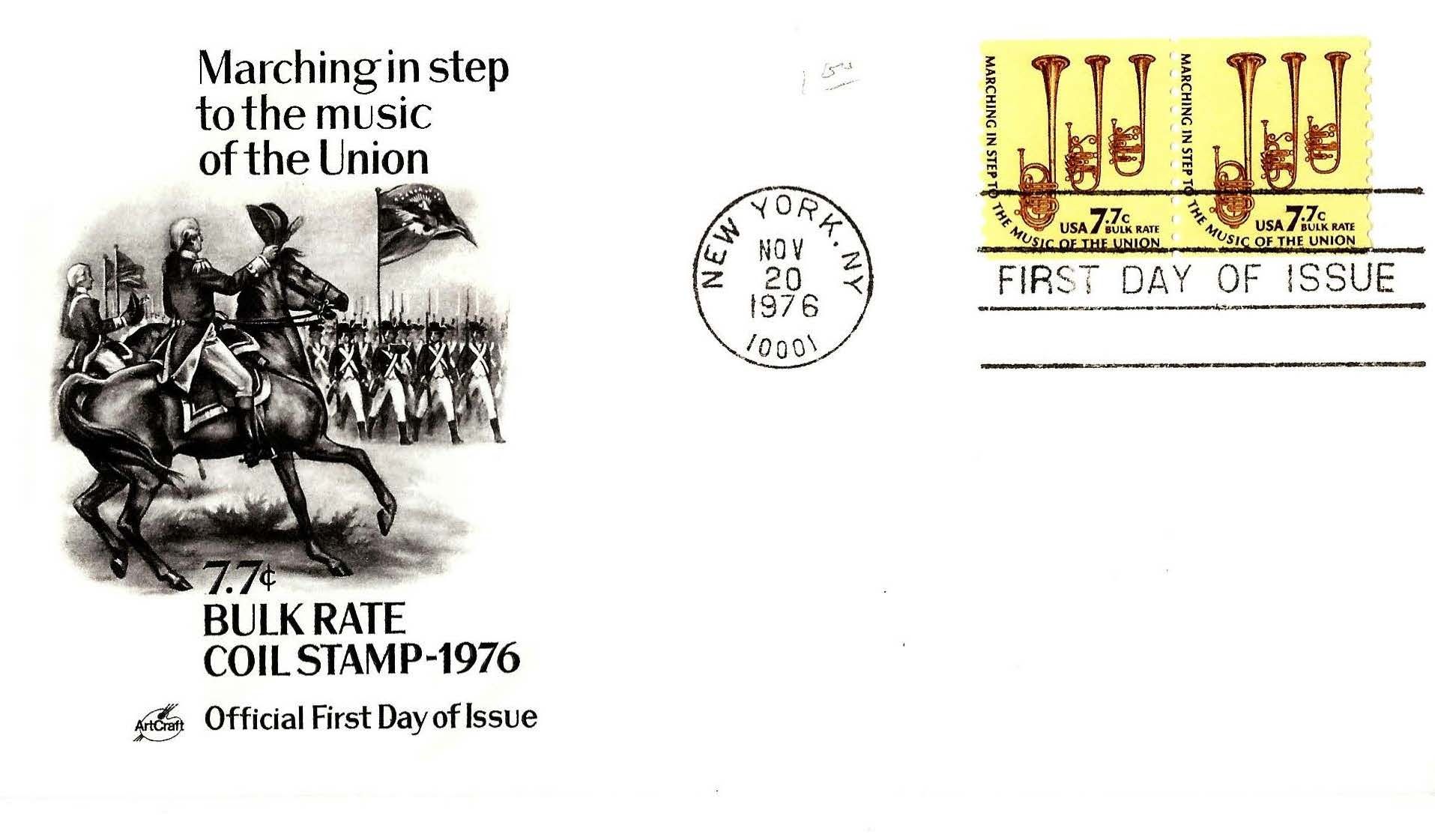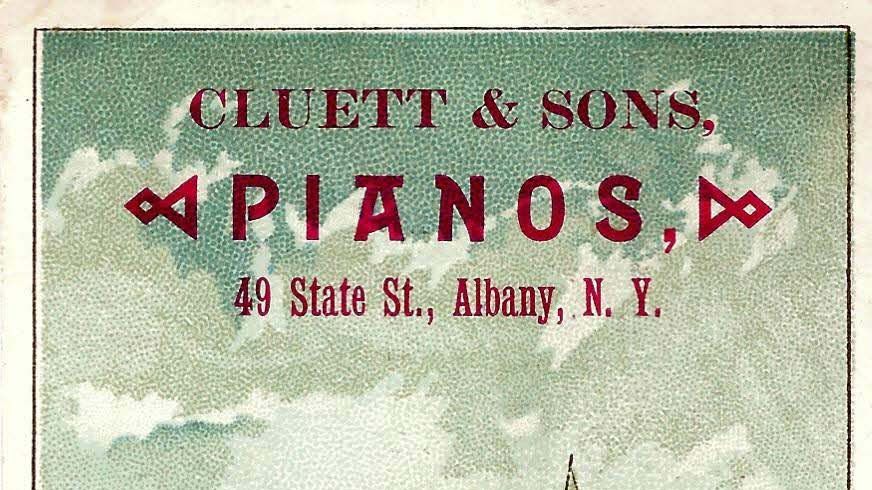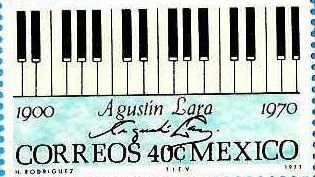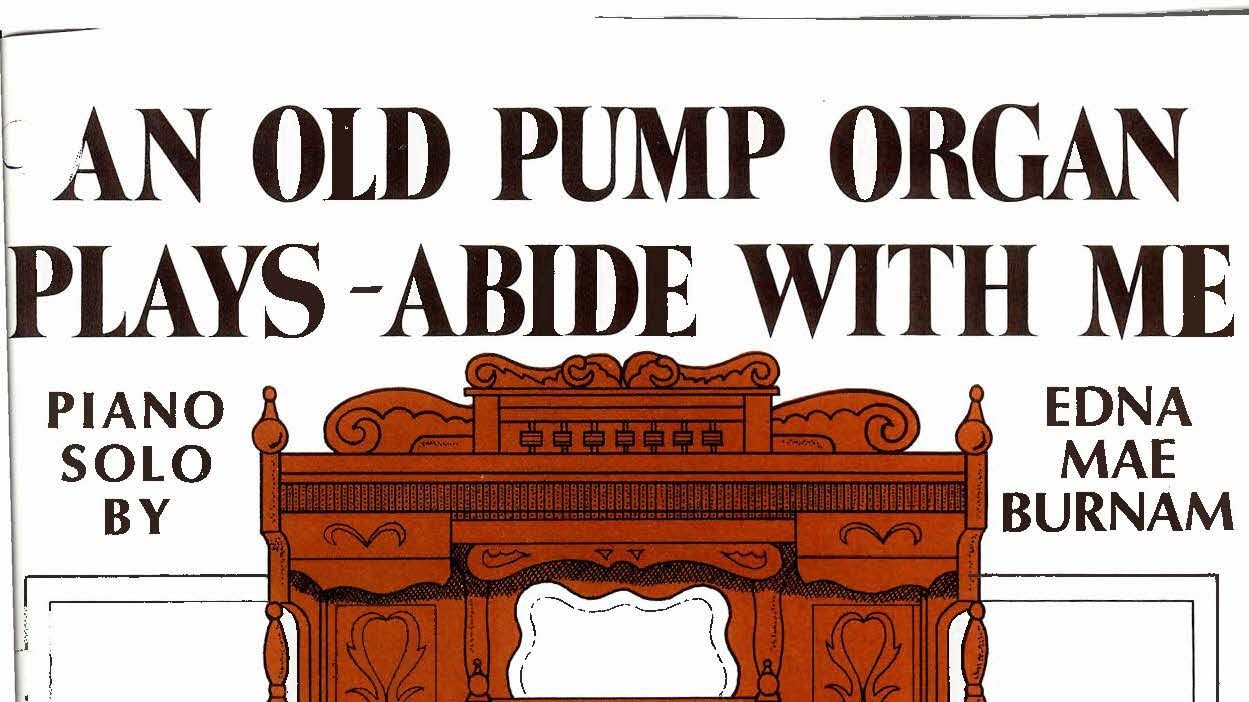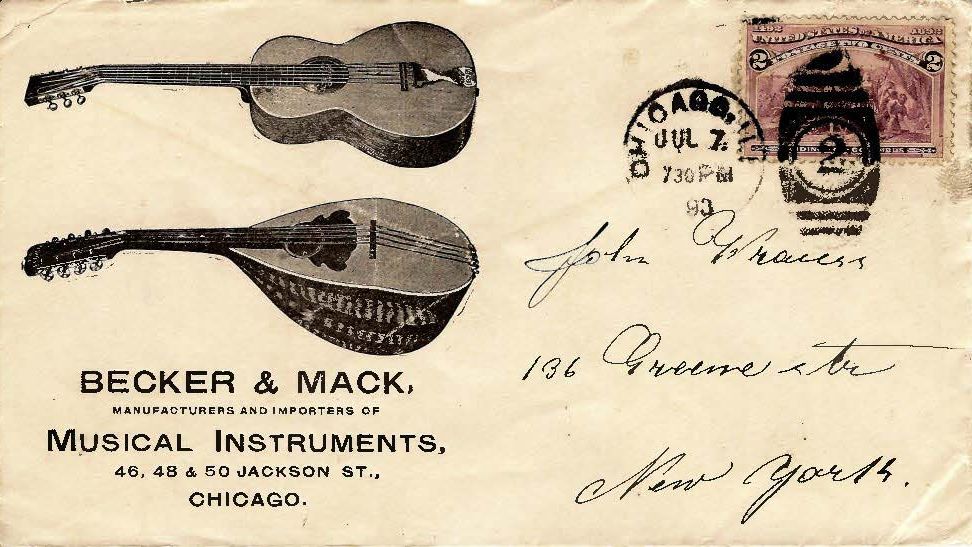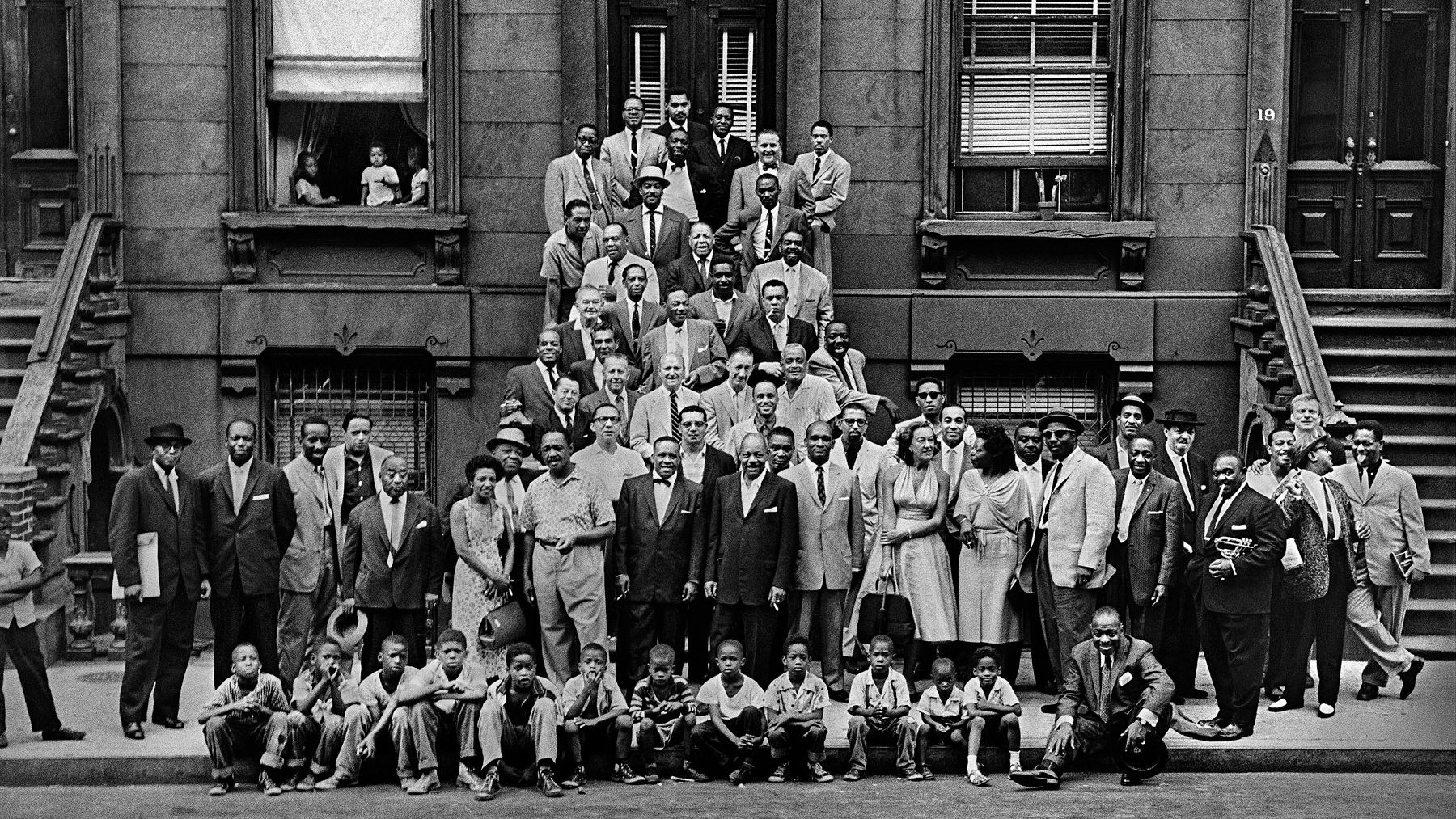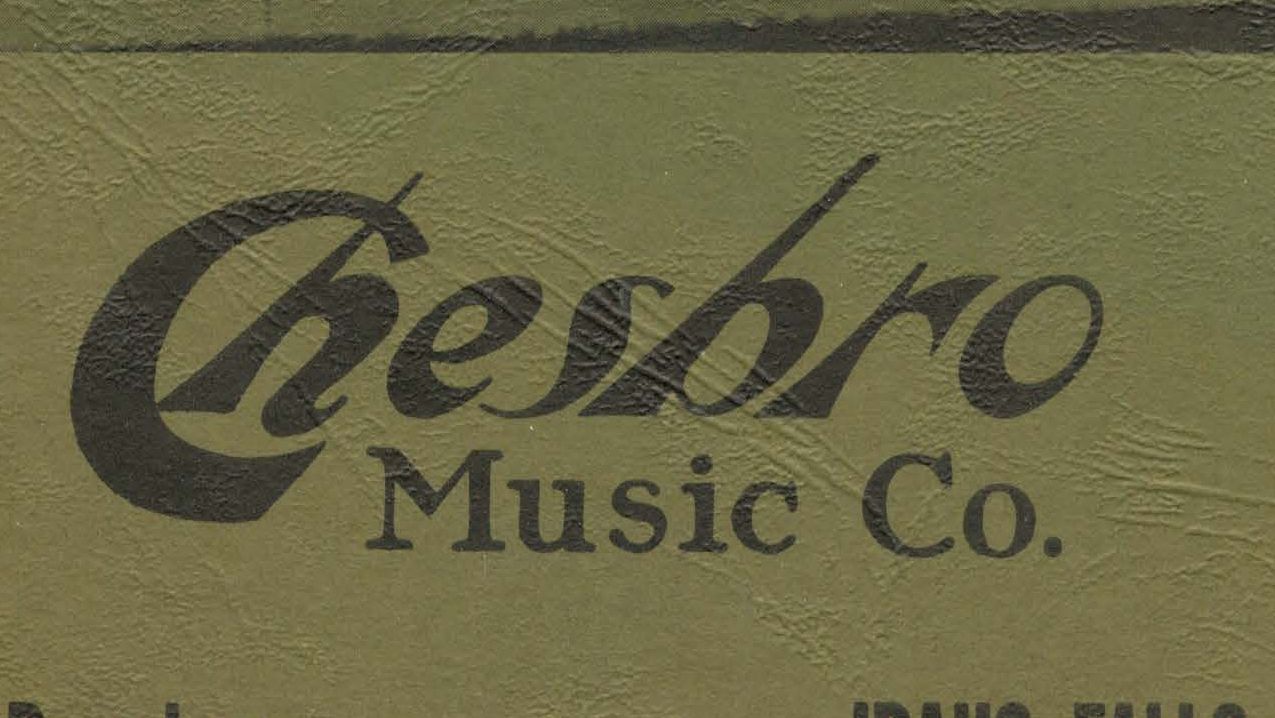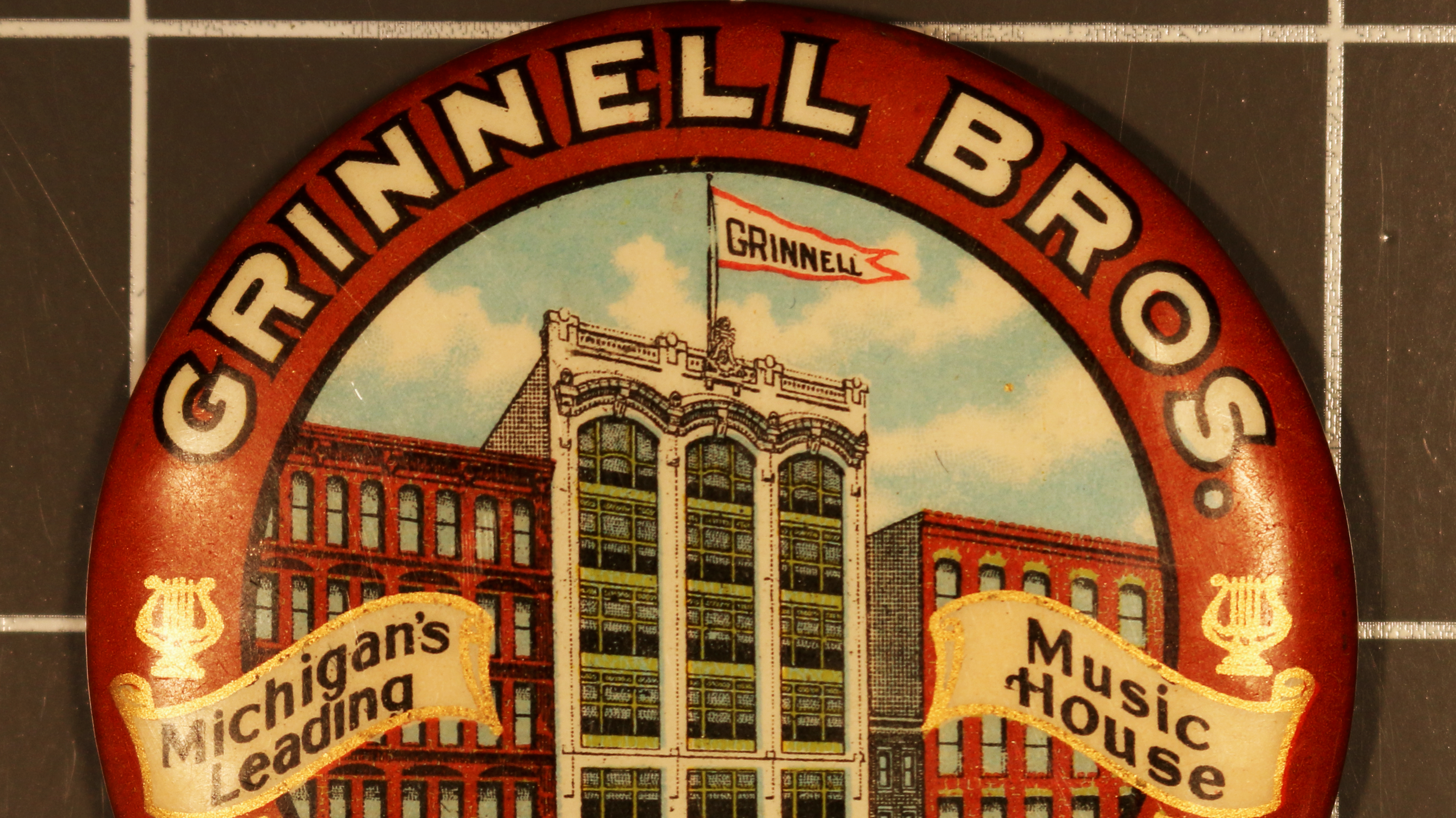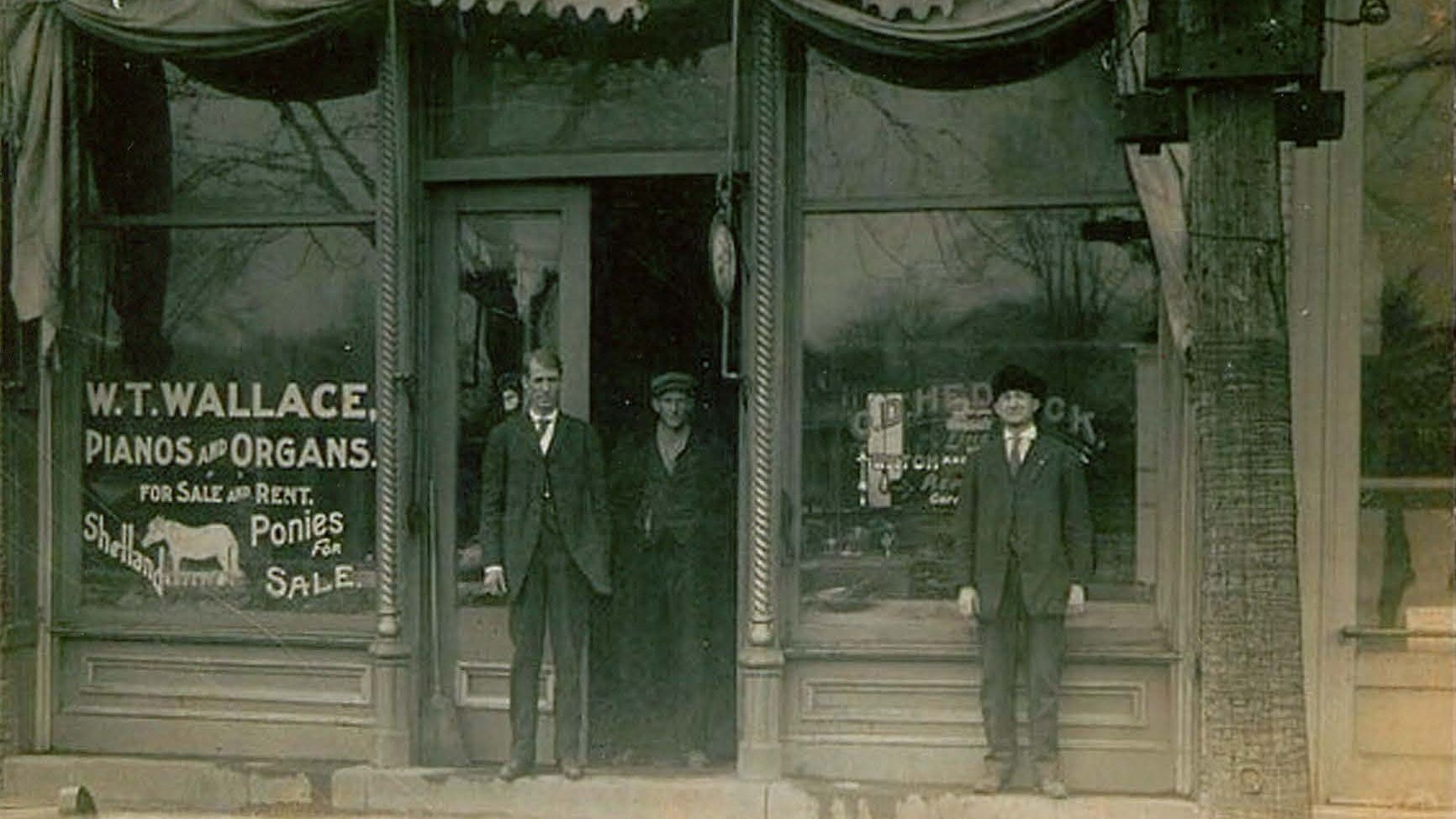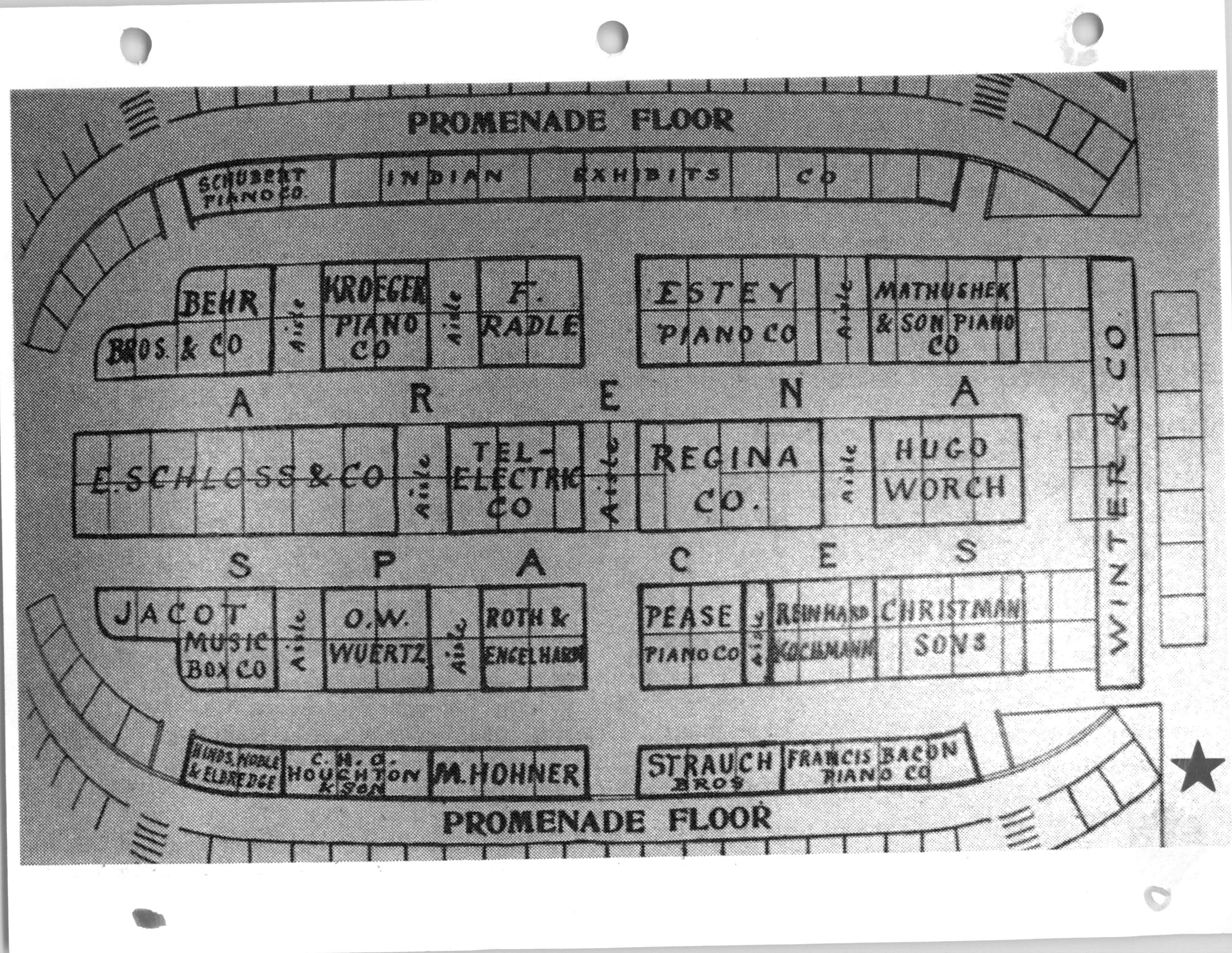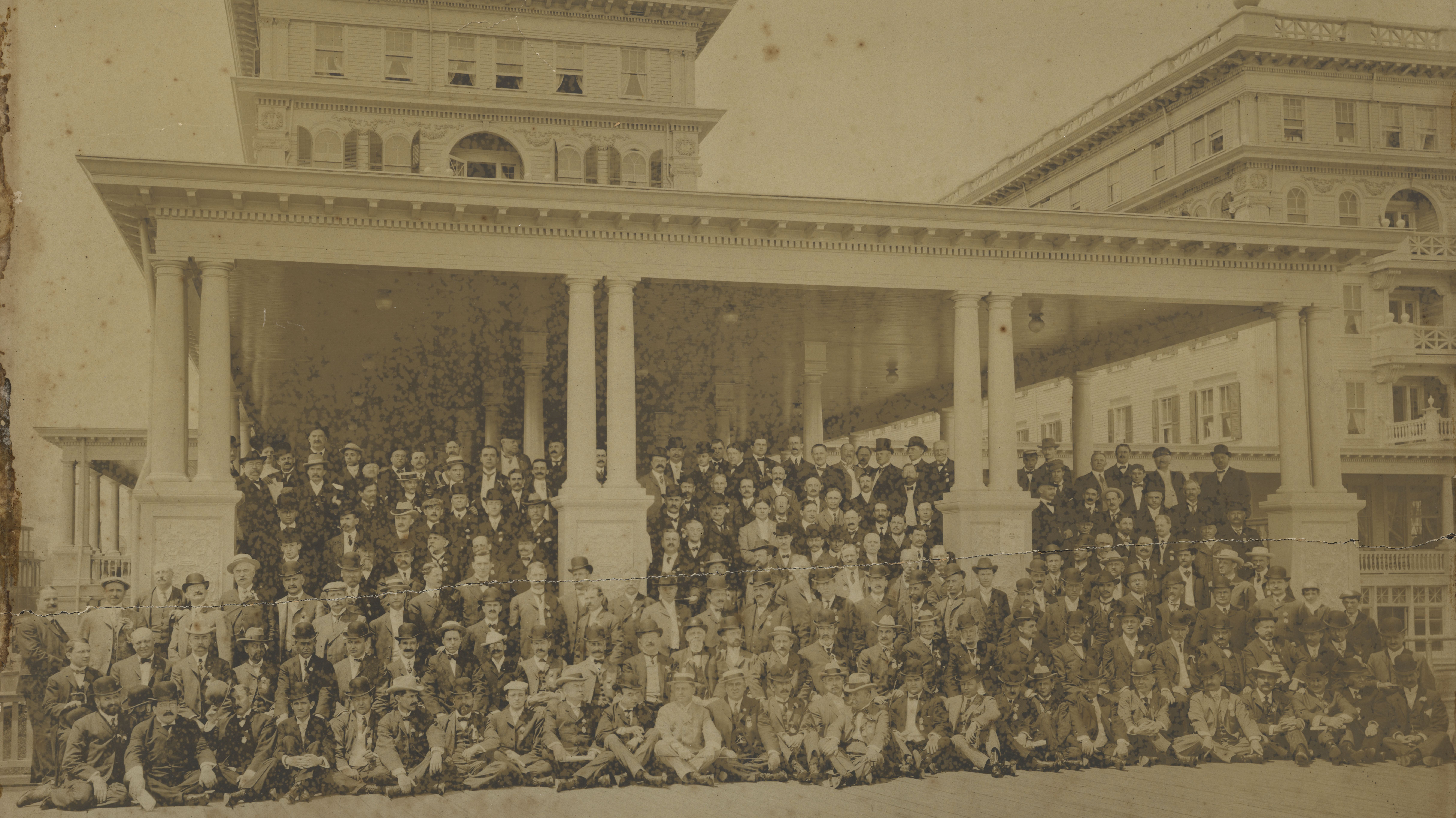Cool Items From The Archives
The NAMM Resource Center is home to one of the largest repositories of artifacts that document not only the history of NAMM itself but also preserve a rich and diverse history of music products and its related fields. From instruments to product advertisements, retail storefront photos, and articles documenting innovations and sales trends, the NAMM archives are a great source of information for the industry.
You must have a favorite music store, everyone does. The NAMM Resource Center wants to see it!
Toward the end of 2018 the Resource Center was requested to assist with some research to assist author, Dave Hunter, in providing an overview of the history of guitars as they appeared at The NAMM Show. Working as a NAMM Archivist and Oral History Coordinator at the time, it was an exciting opportunity to spend some time in our extensive archives in NAMM headquarters looking for resources that demonstrated the growth of the guitar representation at The NAMM Show.
Most people may not associate the silent movies with music, but in fact, there were several strong correlations. Most films in the Golden Age of the silent movie (1894-1929) had organists, and sometimes, even full orchestras playing along to the images up on the screen.
An amazingly "Cool Item from the Archives" comes in the form of a collection of old magazines, predominately, copies of TV Guide, that were donated to the NAMM Resource Center Archives by Henry Grossman of Grossman Music.
The delivery of mail prior to the conclusion of the Revolutionary War was a bit chaotic in America, often with stampless letters being delivered by hand and the cost associated with delivery being paid by the recipients of the mail. However, after the first postmaster general was appointed by Benjamin Franklin in 1775, the modern postal service began to take shape. The first “official” postage stamp was utilized in America on July 1,1847 and was issued by the U.S. government post office and eventually the use of stamps was made mandatory by 1855.
A “Cool Item From the Archives” comes in the form of a special collection of music and music products related postcards. This collection of both brand new and used postcards were often used as a form of advertising by manufacturers and retailers alike.
First Day Covers are produced by postal services as a way to create a commemorative issue to honor the release of a newly created stamp. The term “First Day Cover” refers specifically to an envelope or card that includes the newly issued stamp, an inked stamp canceling the postage stamp, and a cachet or image that provides more information about the stamp.
The practice of producing and distributing trade cards to inform and generate new customers gained popularity at the end of the 17th century in Paris and London. These cards were designed to provide customers with information including the business name, address or description of where to find the shop prior to the existence of formal addresses, and a short explanation of products sold by the tradesman.
Another cool item from the collection is an entire subset of material from the Henry Z. Steinway Philately Special Collection. In an earlier blog, we featured the pictorial envelopes from this collection, and the collection highlights Henry’s immense interest in philately or the collection of a study of postage stamps. While we have broadened the use of this term to include Henry’s vast collection of envelopes, postcard, and trade cards, Henry kept one theme ever-present in his quest to expand his collection, the new acquisition must be tied to music.
Contained within the NAMM Resource Center Archives is a collection that holds a special place in our hearts. The aptly named Edna Mae Burnam Special Collection is a tribute to Composer, Edna Mae Burnam. The unique feature of this particular collection of sheet music is that each title contains one common factor; the presence of an instrument within the title. While Enda Mae’s own compositions are a part of this collection, the holdings are not limited to just her work, ranging in titles that pay homage to instruments from accordions to ukulele’s and nearly everything in between. With nearly 100 different pieces of music within the Edna Mae Burnam Special Collection, it was an enjoyable challenge to select a cross-section of pieces to represent this collection, however, we made sure to include a selection from Mrs. Burnam herself; "An Old Upright Organ Plays 'Abide With Me' was arranged by Edna Mae and is the first image associated with this blog. We hope you enjoy it as much as we do!
Envelopes are an item in our lives that often get overlooked. We handle them nearly every day despite being in an ever-growing “paperless” world and yet, many times, we don’t even think twice about this simple and effective business tool. While it doesn’t appear that the exact origins of the envelope can be pinpointed in history, according to the Smithsonian the envelope makes appearances back in 1200 B.C. China as well as ancient Egypt and while we wish here in the NAMM Resource Center that we had our hands on some of these oldest versions of the envelope, we are happy to report we have a substantial collection that dates back to the 1840s that were donated by Henry Z. Steinway as part of the Steinway Philately Special Collection.
The following is a list of all locations of dates for past NAMM shows from 1901 to the present day. A downloadable PDF version of this list is also below.
The NAMM archives recently received a generous donation of multiple vintage C. Meisel catalogs from former Meisel Accessories LLC President, Neil Lilien. One catalog of special interest in Neil’s donation dates back to 1898!
In 1958 a photographer by the name of Art Kane was hired by Esquire magazine with the intention of snapping a photo that encapsulated the “golden age of jazz” and the result has been deemed “A Great Day in Harlem”. Inspired by the photo and collection of iconic jazz musicians, filmmaker Jean Bach created the documentary “A Great Day in Harlem” which later went on to be nominated for the 1995 Academy Award for Best Documentary.
Nothing beats finding and purchasing a gem of a historical item in an online auction site and that is what we did just recently when the archives acquired an original 1965 Chesbro Music Co. catalog. While the catalog has some wear and tear as you would imagine due to it being over 50 years old, it is in great shape and fills in a gap that existed in our collection. This almost 400 page catalog list products from Accordions to Zither Strings and everything in between. The archives are extremely fortunate to acquire pieces like these and we continue to look to expand our collection of artifacts.
Among the interesting items in the NAMM Archival Collection are advertisements like this one that echoes of a bygone era.
When the radio became popular in the 1920s, it made sense that the local music store in a small town would choose to sell radios as a way to supplement their income and provide a service for their customers.
Grinnell Brothers Music House was founded by Ira L. Grinnell in 1879 and was headquartered in Michigan. While this "Cool Item From the Archive" boasts 24 stores with their headquarters in a now designated historic building in Detroit, Michigan, Grinnell Brothers Music House continued to grow to include roughly 40 locations throughout the United States and Canada.
Our good friend, Herschel Green, recently sent in this amazing photo of the W.T. Wallace storefront that advertised the sale and rental of pianos, organs, and even Shetland ponies! While we do not have a lot of information about this store, like location or year in which the photo was taken, you can imagine that the three gentlemen pictured had their hands full helping supply their customers with all of their musical and equestrian needs.
The first annual convention and trade show was held in 1902 in the YMCA hall in Baltimore, Maryland. Here is the first show map floor that was released to help visitors find their way around the show.
NAMM was originally formed in 1901 and provided its first trade show the following year. There is little we have in our archives of those early years (perhaps the closing of the headquarters for two years during the Great Depression had something to do with that).
